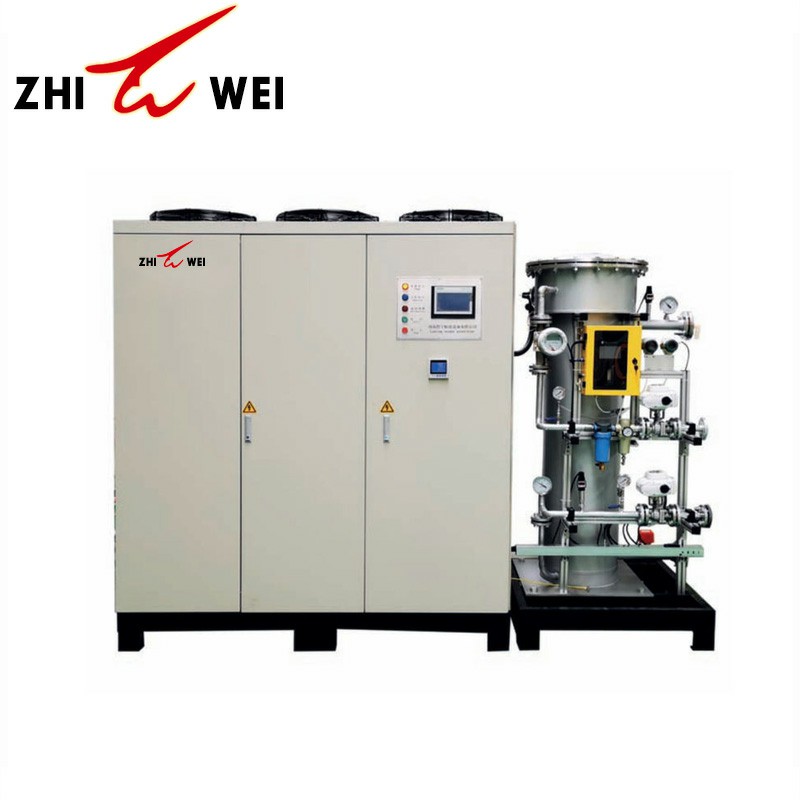
- English
- Español
- Português
- русский
- Français
- 日本語
- Deutsch
- tiếng Việt
- Italiano
- Nederlands
- ภาษาไทย
- Polski
- 한국어
- Svenska
- magyar
- Malay
- বাংলা ভাষার
- Dansk
- Suomi
- हिन्दी
- Pilipino
- Türkçe
- Gaeilge
- العربية
- Indonesia
- Norsk
- تمل
- český
- ελληνικά
- український
- Javanese
- فارسی
- தமிழ்
- తెలుగు
- नेपाली
- Burmese
- български
- ລາວ
- Latine
- Қазақша
- Euskal
- Azərbaycan
- Slovenský jazyk
- Македонски
- Lietuvos
- Eesti Keel
- Română
- Slovenski
- मराठी
- Srpski језик
What is filtration in fruit juice?
2024-03-13
Filtration in fruit juice processing is a crucial step used to remove solid particles, pulp, seeds, and other unwanted materials from the juice. This process helps in achieving clarity, improving flavor, extending shelf life, and enhancing overall quality. Filtration is typically carried out using various types of filters such as mesh screens, membranes, or centrifuges.
This involves passing the juice through a physical barrier, such as a mesh screen or a filter pad, to remove larger particles and pulp. It's often the first step in the filtration process.
Microfiltration involves passing the juice through membranes with pore sizes ranging from 0.1 to 10 micrometers. This process removes smaller particles, microorganisms, and bacteria, resulting in clearer juice with improved stability.
Ultrafiltration uses membranes with smaller pore sizes than microfiltration, typically ranging from 0.001 to 0.1 micrometers. It removes even smaller particles, including some proteins and enzymes, while retaining most of the juice's flavor and nutrients.
Reverse osmosis is a more advanced filtration technique that involves applying pressure to the juice to force it through a semi-permeable membrane, removing water and dissolved solids. This process can concentrate the juice and adjust its sugar content.
Centrifugal filtration utilizes centrifugal force to separate suspended solids from the juice. It's particularly effective for removing heavy particles like sediment and pulp.
Filtration is a critical step in fruit juice processing as it not only improves the appearance and taste of the juice but also helps meet quality standards and regulatory requirements.


